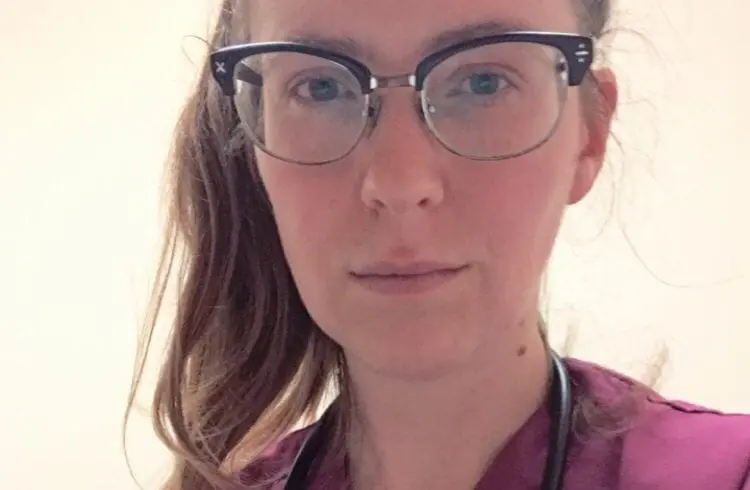- Pharmacology (pronounced: ˌfärməˈkäləjē/): the branch of medicine concerned with the uses, effects, and modes of action of drugs – as defined on the internet.
- Pharmacology: the toughest course offered in the nursing program at Stenberg College – as defined by nursing students.
Pharmacology is a condensed course offered in terms 1 and 2 of the Practical Nursing program at Stenberg. It consists of learning about medications often given to patients to help them manage pain. There is a long list of drugs and classifications, and it can be very overwhelming to learn all the details. I was scared for this course, especially in term 2 because of the amount of information students need to learn in a short period of time. However, it is very doable, as I ended up doing well in this course, earning an A on the final exam!
When a fellow student asked me how I did so well in this course, I decided to compile some ideas and study tips that helped me learn all the medication types.
Here are some tips that helped me get through this course:
- Know your endings
- Make up sayings
- Use pictures
- Make flash cards and grab a study buddy
- Make a list and test yourself over and over
1. Know your endings
Drugs are categorized based on how they affect the body. I used this strategy to recognize the different types of drugs, based on the endings of the names.
For example:
- Ramipril: ends in “pril”; all “pril” endings are classified as ACE inhibitors which all have the same effect as they act on the heart and kidneys
- Metoprolol: ends in “olol”; all “olol” endings are beta blockers, which all work on the heart, lungs, GI, and kidneys
- Amlodipine: ends in “pine”; all “pine” endings are calcium channel blockers
2. Make up sayings
This was a fun and useful way to remember certain drugs while studying Pharmacology. Some sayings I came up with are silly, while others are quite clever (to me anyway).
For example:
- Prazosin: the ending is sin, which means it’s an alpha-blocker. The way I remembered this one is: God=alpha, and the opposite of God is sin.
- Ondansetron: this is an antiemetic (anti-nausea) and blocks serotonin in the body. The way I remembered this one: Sera likes to dance (SERA= serotonin, dance=nausea).
3. Use pictures
I would draw pictures or use pictures from Pinterest.
For example:
4. Make flashcards and grab a study buddy
Two is always better than one. I liked to test myself with someone else to see what I do and do not know. I found it helps to verbalize, especially for the medication administration lab exams at the end of term 2. Also, if your partner does not know or understand, teaching him or her is also a way to test your understanding.
5. Make a list and test yourself over and over
This one was tedious. I found myself stressing over the drugs and wondering what kind of written questions would be on the test. For this, I used Microsoft Excel. While studying Pharmacology I made a list of all the drugs outlined in our learning activities and classified them in the blank column beside it. In the days leading up to an exam, I would try to fill out every drug class by memory and see what I knew and what I needed to work on.
These are some of my tips for studying Pharmacology as a Practical Nurse. Happy studying!










